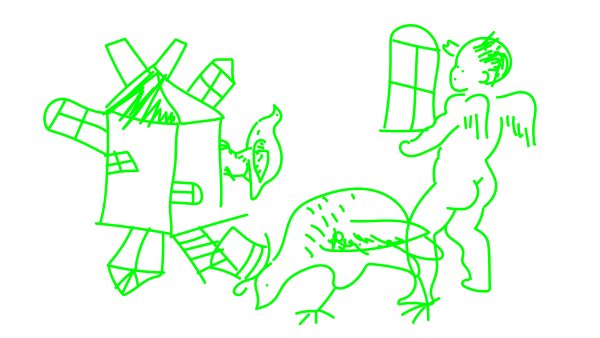Pushing the limits: what is allowed?
Who decides what is eligible for a museum to explore and for a visitor to experience? In a networked era where information is accessible to everyone, everywhere, institutions face new challenges – the need to develop innovative, integrating, multidisciplinary approaches is at their doorstep.
By comparing the effects of controversial exhibitions hosted either by art or science museums on the host institution and on the visitors it might be possible to determine where to draw the line when approaching a certain topic.
The work of the Catalan photographer Joan Fontcuberta, exhibited in science museums as well as art museums is interpreted differently in those different scenarios, and it is, therefore, seen as groundbreaking in the scope of museology and visitor’s experience.
His work "Fauna", first exhibited in 1987, is a good example of how to show the same thing in numerous ways. The premise of this work was that Fontcuberta had found the archives of a german zoologist from the end of the 19th century, who had catalogued several unusual animals with chimeric characteristics. The exhibition was a hoax, these archives were indeed the outcome of a well thought story along with evidences created by the artist (photographs, skeleton drawings, tapes and even stuffed animals). It was exhibited across Europe, USA and Canada and the objects displayed were chosen according to the place of display, its traditions and even superstitions, giving rise to several different reactions wether the host institution was an art or science museum and the visitors' previous knowledge about the artist’s work.
Recently, in London, at the Science Museum (2014), now within the Sci-art spectrum, it has become less controversial and easily accepted by the public when confronted with it being a farse, than for example at the Barcelona Museum of Natural Science (1989).
This change raises other questions regarding the role of the museum, those who visit and those who display their work in it.
Other examples can be seen at exhibitions that bring urban art inside museum walls, as has happened with Banksy (UK) or Vhils (Portugal), street artists that achieved public recognition and thus became appealing for museums to display.
These are showing that the strategic programming of the museums is focusing on meeting the visitors’ expectations and demands.
Topics from science, religion, culture and aesthetics are coming out of museum walls and being brought closer to the community, allowing knowledge to reach even those who had less access to it.
A museum visitor is more than just a spectator, he wants to participate, to be involved, to experience being part of the exhibition or event.
Considering all these aspects, what is the role of the scientist, the artist or the curator? Can’t they be merged? And when and how does the role of the experts blend with the desires, wishes, experiences, and expectations of the public? Are those that push (or cross?) limits and let visitors interfere with the institutions standard authority, the only ones that can make museums survive in the future?
Unless museums value the knowledge that anyone can get from the internet, social networks, the community and participatory culture, there is no future for them. The museum can’t see itself as a cathedral of knowledge and it needs to know and show that there are no limits when it comes to contributing for a better society, providing knowledge and empowerment. They can’t be afraid of controversy.
Pushing the limits will never be crossing them, one may think, but museums can turn limits into more than crossing borders, they can become close and personal. And by this I mean accessible, for everyone. Are we talking about museuthopia?





